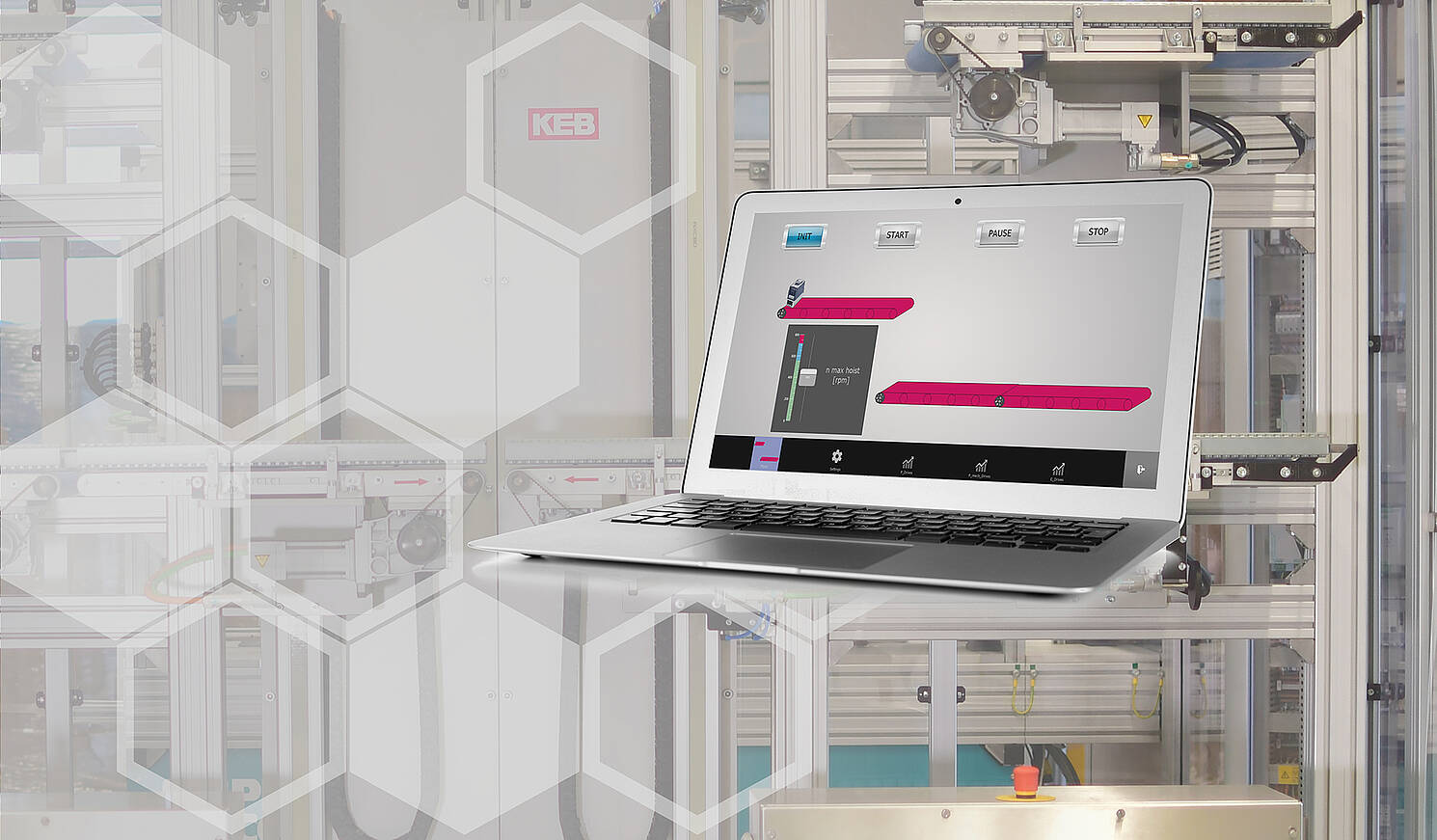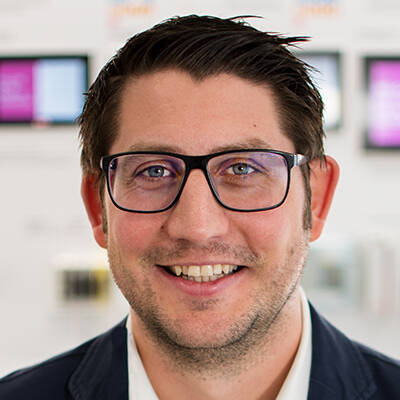Simulation models enrich “digital twins”
Using virtual commissioning to detect errors before they occur
Programming errors in the control code are only one of numerous potential problems that can occur during the commissioning of frequency inverters. With “digital twins” and corresponding simulation models, such sources of error can be detected at an early stage and corrected in time. Accuracy is one of the central aspects here if virtual commissioning is to succeed in advance.

The terms “digital twins” and “simulation models” are often used synonymously, but they differ significantly. A simulation model is a mathematical model of a component or system that is used in simulations to predict the simulative behaviour. The goals: To analyse the behaviour in cases of error and thus enable optimisations, or even to deepen the understanding of the system, e.g. through in-depth training. The “digital twin”, on the other hand, is described as a “data image of an asset”, among other things. Here, digital twins for Industry 4.0 are implemented based on the concepts of the AAS (Asset Administration Shell), which is well-known in Europe. The AAS is made up of individual sub-models. Currently, they include identification, type plate, documentation and simulation. In the simulation sub-model, the stored simulation models of an asset are described by defined characteristics. Simulation models can therefore enrich the data diversity of digital twins.
The application determines the simulation model
Drive controllers can be displayed as a time-based simulation model at different levels of detail, which usually depend on the application. In a virtual commissioning, for example, simulation models of drive components, machine and plant parts are integrated on a real-time capable hardware-in-the-loop simulator. This contains a fieldbus or real-time Ethernet interface to which a real PLC (Programmable Logic Controller) is connected. The service and process data from or to the PLC are distributed to the individual simulation models via this interface. With virtual commissioning, programming errors in the control code can be detected or the dynamic behaviour of the simulated machine or system can be tested.
If mainly simulation models are used where the behaviour of the component was developed by re-engineering, these simulation models cannot behave accordingly in case of a defective configuration on the part of the control code. Especially when carrying out virtual commissioning of entire machines and plants, a correct behaviour of simulation models of the drive controllers is required, as otherwise possible configuration errors will only occur during the real commissioning. To achieve high accuracy, the original firmware should be used instead of re-engineering.
Highly detailed simulation with firmware simulation models
“The idea came up to reuse the real code of the drive controller firmware in simulation models - among other things, to avoid the inaccuracies of the re-engineering method,” says Manuel Brose, software developer at KEB Automation. In this way, the real behaviour of the drive controller is taken into account as well as new functions and function extensions are automatically integrated into the simulation models. “We already refer to this type of model as firmware simulation models,” says Brose. During virtual commissioning, the simulation model reacts to any configuration errors in a very detailed manner, as the firmware simulation models contain the object dictionary of the real frequency inverter.
At KEB, firmware simulation models have been developed, among other things, which consider simulation models of power output stages and motors. Currently, firmware simulation models of selected KEB drive controllers have been developed and implemented for the real-time system SCALEXIO of the company dSPACE and for the simulation platform ISG-virtuos of the company ISG Industrielle Steuerungstechnik. In both cases the focus is on the connection to the real-time Ethernet EtherCAT and on the operation under real-time conditions. The KEB firmware simulation models have already been successfully used in the it's OWL innovation project TeDZ (Technical Infrastructure for Digital Twins) - pilot project DeZ (Digital Energy Twin) in simulations for virtual commissioning under consideration of energy aspects.
Learn more about the “Digital Twin”
